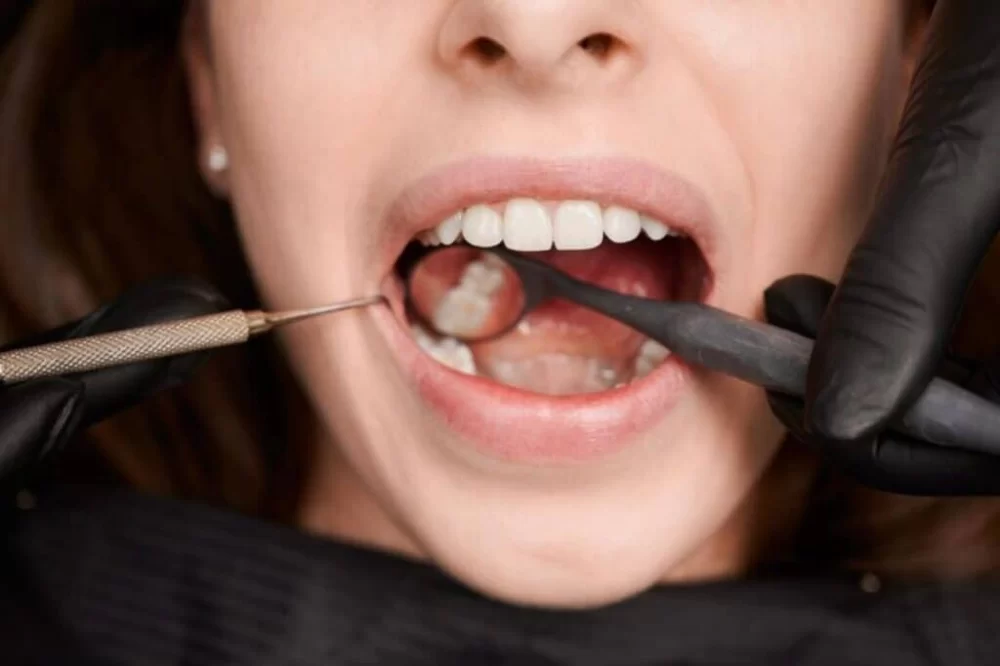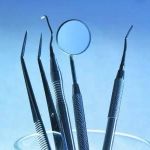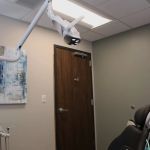
- Understanding Tooth Decay and Its Causes
- Daily Habits for Effective Tooth Decay Prevention
- The Role of Diet and Nutrition in Preventing Tooth Decay
- Why Professional Dental Care Matters
- Choosing the Right Dental Care Products
- Real-Life Examples Demonstrating Prevention Success
1. Understanding Tooth Decay and Its Causes
To effectively prevent tooth decay, it’s essential to understand what causes it. Tooth decay, also known as dental caries or cavities, occurs when acids produced by bacteria in the mouth erode the enamel, the protective outer layer of the teeth. These bacteria feed on sugars and starches left on teeth after eating, producing harmful acids that gradually damage the tooth surface.
One of the main factors accelerating tooth decay is poor oral hygiene combined with frequent consumption of sugary foods. But there’s more to the story—saliva plays a critical role in neutralizing acids and repairing enamel early damage. When saliva production decreases, either due to medications or certain health conditions, the risk of cavities increases significantly.
By comprehending this biological process, you can appreciate why tooth decay prevention tips emphasize consistent oral hygiene and dietary choices to control bacterial growth and acid production.
2. Daily Habits for Effective Tooth Decay Prevention
2.1 Brushing Techniques and Frequency
One of the most fundamental tooth decay prevention tips is proper brushing. Dentists recommend brushing at least twice a day using fluoride toothpaste. Fluoride strengthens enamel and helps reverse early decay. But brushing is not just about frequency—it’s also about technique. Using a soft-bristled brush, angle it at 45 degrees to the gumline, and gently clean every tooth surface for at least two minutes.
2.2 Flossing for Complete Cleaning
Brushing alone cannot reach the tight spaces between teeth where plaque often hides. Daily flossing removes trapped food particles and bacteria, reducing the risk of decay in these vulnerable areas. Though some find flossing cumbersome, consistent use is a powerful preventive step that complements brushing.
2.3 Rinsing and Mouthwash Use
Using an antimicrobial mouthwash after brushing and flossing can further reduce bacterial levels and freshen breath. Selecting mouthwashes containing fluoride can add an additional layer of protection against decay.
3. The Role of Diet and Nutrition in Preventing Tooth Decay
3.1 Limiting Sugar and Acidic Foods
The foods we eat significantly impact dental health. Frequent snacking on sugary or acidic foods feeds harmful oral bacteria, accelerating tooth decay. Reducing intake of candies, sodas, and even fruit juices can dramatically decrease cavity risk.
3.2 Incorporating Tooth-Friendly Nutrients
Conversely, a diet rich in calcium, phosphate, and vitamins D and C supports enamel strength and gum health. Dairy products, leafy greens, nuts, and crunchy vegetables like carrots encourage saliva production and mechanically clean teeth while you eat.
3.3 Hydration and Saliva Production
Drinking plenty of water throughout the day helps maintain saliva flow, which is vital for washing away food debris and neutralizing acids. Fluoridated water supplies additional benefits that reduce cavity formation.
4. Why Professional Dental Care Matters
4.1 Regular Dental Checkups
Even with impeccable home care, professional dental visits every six months are essential. Dentists can spot early decay signs, perform thorough cleanings to remove hardened plaque (tartar), and apply treatments like fluoride varnish or sealants that provide extra protection.
4.2 Personalized Advice and Treatment
Each person’s dental health profile is unique. During visits, dentists can tailor recommendations based on risk factors such as genetics, lifestyle, and medical history. For example, patients with dry mouth conditions might receive special products or treatments to combat higher decay risk.
5. Choosing the Right Dental Care Products
5.1 Fluoride Toothpaste and Mouthwash
Opting for dental products with adequate fluoride levels is key to reinforcing enamel. Not all toothpastes or mouthwashes are created equal, so paying attention to product labels and ingredients is important for maximum benefit.
5.2 Innovative Tools: Electric Toothbrushes and Water Flossers
Technological advances have brought effective tools like electric toothbrushes that provide consistent brushing pressure and water flossers that improve plaque removal. These tools can be especially helpful for those with limited manual dexterity or orthodontic appliances.
For those unsure about the best products, visiting Dentistry Toothtruth can provide trusted recommendations tailored to individual needs, ensuring users get the most suitable items for their oral care routine.
6. Real-Life Examples Demonstrating Prevention Success
Consider the story of Emily, a young woman who struggled with frequent cavities despite regular brushing. After consulting her dentist and adopting more thorough flossing and dietary adjustments, her cavity rate dropped dramatically within a year. Emily’s case underscores how combining multiple tooth decay prevention tips leads to lasting results.
Another compelling example comes from a community oral health program that introduced fluoride varnish applications and educational workshops in schools. Over several years, cavity rates among children decreased by nearly 40%, showing how professional intervention combined with education can transform public dental health.
These stories highlight the power of proactive prevention strategies, encouraging everyone to take charge of their dental health through informed, consistent habits.







 Western Dental & Orthodontics3.0 (312 review)
Western Dental & Orthodontics3.0 (312 review) A Children's Dentist4.0 (456 review)
A Children's Dentist4.0 (456 review) Glendale Holistic Dentistry - Los Angeles Dentists Group4.0 (19 review)
Glendale Holistic Dentistry - Los Angeles Dentists Group4.0 (19 review) Britely Dentures + Implants Studio4.0 (165 review)
Britely Dentures + Implants Studio4.0 (165 review) Wayne hills dental0.0 (0 review)
Wayne hills dental0.0 (0 review) DentalWorks & Orthodontics Schaumburg4.0 (367 review)
DentalWorks & Orthodontics Schaumburg4.0 (367 review) The Importance of Oral Health Education During Pregnancy for a Healthy Pregnancy
The Importance of Oral Health Education During Pregnancy for a Healthy Pregnancy Best Tips for Brushing Your Teeth Properly for Healthy Gums: Essential Techniques for Oral Health
Best Tips for Brushing Your Teeth Properly for Healthy Gums: Essential Techniques for Oral Health Why Skipping Dental Checkups Can Lead to Bigger Oral Health Problems
Why Skipping Dental Checkups Can Lead to Bigger Oral Health Problems Advantages of Porcelain Dental Restorations
Advantages of Porcelain Dental Restorations How Can Diabetes Cause Tooth and Gum Problems? Preventing and Managing Oral Health Issues
How Can Diabetes Cause Tooth and Gum Problems? Preventing and Managing Oral Health Issues Healthy Habits for Promoting Good Oral Health and Hygiene: Tips for a Healthy Smile
Healthy Habits for Promoting Good Oral Health and Hygiene: Tips for a Healthy Smile